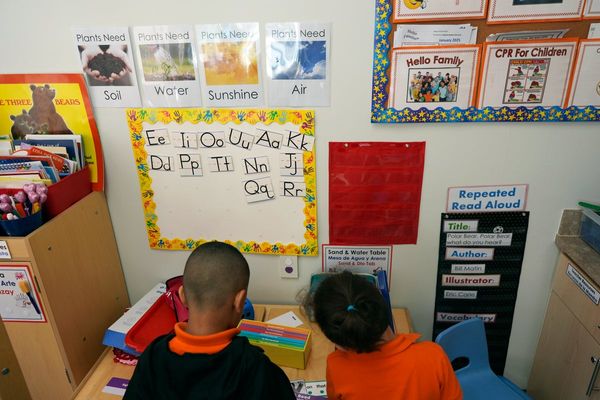
More heavy rain has hit Queensland, Australia, just weeks after the devastation of Cyclone Alfred. Much of north and central Queensland was put under severe weather alert for heavy rainfall earlier this week, as six-hourly rainfall totals of 30-60mm were anticipated, with the risk of seeing up to 120mm locally in this period.
In the north-west of the state, this rain caused the Haughton River to rise rapidly, with water levels reaching 2.68 metres on Wednesday night, exceeding the 2.5-metre major flood level.
More centrally, the heavy showers on Tuesday led to Quilpie Shire, a local government area, recording its wettest March day in 15 years, with 130mm of rain falling by 9am. This rainfall cut off many towns from each other, including Eromanga, Australia’s farthest town from the sea.
The Mediterranean also experienced severe storms this week. On Tuesday, hailstorms affected the western Mediterranean, with the town of Alhaurín el Grande turning white under a layer of hail. A similar event was seen in Fiuminata, Italy, where tractors had to be deployed to clear a 20cm layer of hail from the streets.
On Wednesday, the eastern Mediterranean had the most severe storms. Heavy showers affecting the Balkan region led to severe flooding in Dubrovnik, Croatia, as 82.9mm of rain fell in just 24 hours. Landslides across the city caused road closures and turned the sea brown with the soil and debris being washed away.
Meanwhile, after a record-breaking hot spell in China over the last week, high pressure building in the north-east of the country has been driving a sharp temperature drop as cold air pushes south.
Temperatures began to climb in central and eastern parts of China from 16 March, resulting in daytime maximum temperatures reaching the low- to mid– 30Cs in places over the last week, 10-15C above the seasonal average. Beijing’s Haidian district exceeded 30C last Saturday – the earliest recording of 30C for the capital since 1959.
However, as colder air moved in, temperatures in the north plunged, with Beijing reaching just 12.6C on Thursday, a drop of over 15C within days. As the cold air mass continues to advance, temperatures are expected to fall by 15-20C farther south, accompanied by strong winds and dusty conditions.







